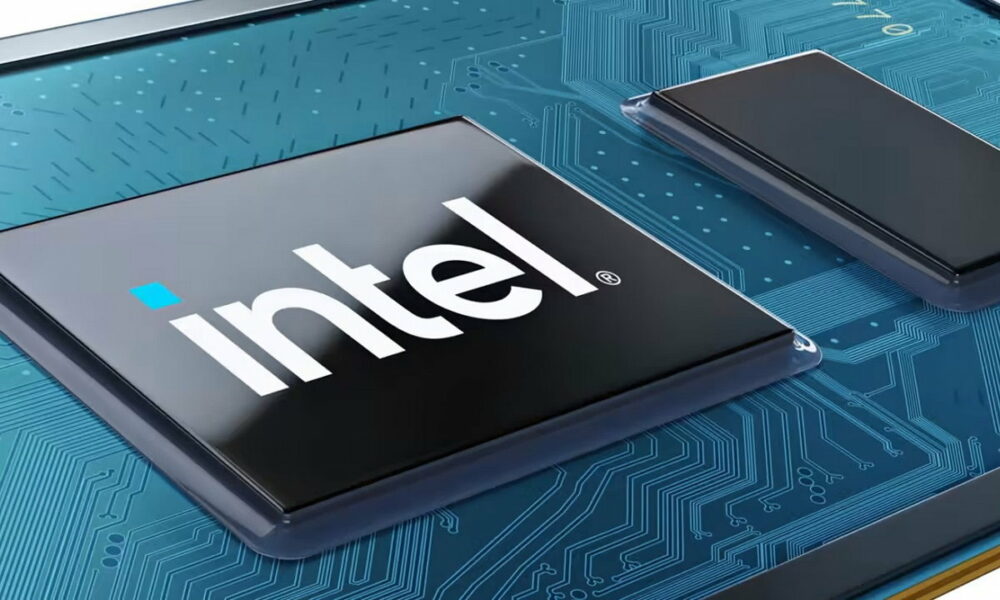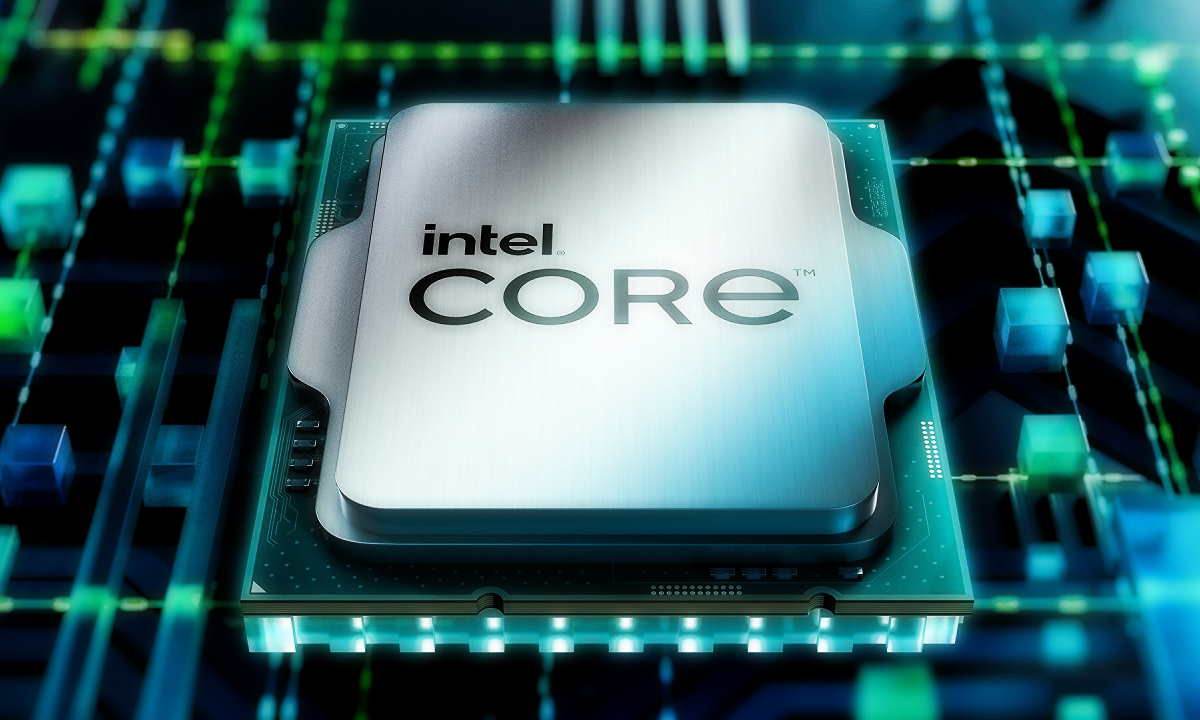
When we talk about the latest generations of processors from Intel and AMD, it is normal to always think about computersWhether desktop or laptop. However, this is not always the case, there are many other types of devices that can also take great advantage of the novelties that arrive with each generation and, therefore, a very intelligent move on the part of manufacturers is to approach said device market. with solutions specially designed for it.
The needs in this case, yes, are highly variable, so with an offer that is too limited in terms of options, the scope of the proposal in said market will undoubtedly be quite limited. Thus, to have a significant impact and, of course, to achieve a higher level of implementation, it is necessary to offer a wide enough catalog enough for practically any manufacturer to find an integrated that suits their needs.
And, without a doubt, Intel has taken this point very seriously, as we can see in the announcement of its Alder Lake chips for the Internet of Things. A proposal made up of no less than 11 SKUs with integrated Intel Iris Xe graphics, which are added to the other ten solutions already available. Five in the Core HL series and another six Core UL series, in addition to the ten in the HE, PE and UE series, for a total of 21 integrated. Let’s see the specifications of each of both ranges, chip by chip:
12th Generation Core HL Series
| Model | Cores/Threads | Vel. Performance cores (base/turbo) | Vel. Cores efficiency (base/turbo) | GPU (execution units) |
| i7-12800HL | 14C/20T | 2.4/4.8GHz | 1.8/3.7GHz | 96 |
| i5-12700HL | 14C/20T | 2.3/4.7GHz | 1.7/3.5GHz | 96 |
| i5-12600HL | 12C/16T | 2.7/4.5GHz | 2.0/3.3GHz | 80 |
| i5-12500HL | 12C/16T | 2.5/4.5GHz | 1.8/3.3GHz | 80 |
| i3-12300HL | 8C/12T | 2.0/4.4GHz | 1.5/3.3GHz | 48 |
In all these chips, the minimum TDP is 35 watts, the default consumption is 45 watts and the maximum, in turbo mode, reaches 60 watts. And when it comes to the memories that can be used, they are compatible with DDR5-4800 and DDR4-3200.
12th Generation Core UL Series
| Model | Cores/Threads | Vel. Performance cores (base/turbo) | Vel. Cores efficiency (base/turbo) | GPU (execution units) |
| i7-1265UL | 10C/12T | 2.6/4.8GHz | 1.3/3.6GHz | 96 |
| i5-1255UL | 10C/12T | 2.6/4.7GHz | 1.2/3.5GHz | 96 |
| i5-1245UL | 10C/12T | 2.5/4.4GHz | 1.2/3.3GHz | 80 |
| i5-1235UL | 10C/12T | 2.5/4.4GHz | 1.1/3.3GHz | 80 |
| i3-1215UL | 6C/8T | 2.5/4.4GHz | 0.9/3.3GHz | 64 |
| Celeron 7305L | 5C/6T | 1.0GHz | 0.9GHz | 48 |
In all these chips the consumption is much lower than what we have seen in the HL Series, the minimum TDP is 12 watts, the default consumption is 15 watts and the maximum, in turbo mode, reaches 28 watts. There are no differences, however, when it comes to the memories that can be used, DDR5-4800 and DDR4-3200.
General specifications
Regarding the specifications of the integrated family, we can highlight the following:
- Intel Iris Xe graphics.
- Up to four simultaneous 4K60 HDR displays or one 8K display.
- Support for up to 8K HDR and enhanced multimedia support.
- Pipelock Video Sync for Windows.
- Virtualization of graphics and screens.
- Up to 96 graphics execution units to support parallelization of AI workloads.
- Intel Deep Learning Boost (Intel DL Boost) and the Intel Distribution of OpenVINO Toolkit.
- Up to eight PCIe 4.0 (2×4) lanes plus four Thunderbolt 4 lanes.
- Memory up to DDR5-4800 and up to DDR4-3200.
- Long term support.
- Support for Intel oneAPI IoT Toolkit and Intel oneAPI Base Toolkit.
We speak, therefore, of capable of providing more than adequate performance for devices such as vending kiosks and the like, in which unfortunately we are used to suffering from long waits when the hardware is not up to the task. And in this case, with the balance between performance and efficiency provided by the hybrid architecture, we can expect a substantial improvement in this type of device.




